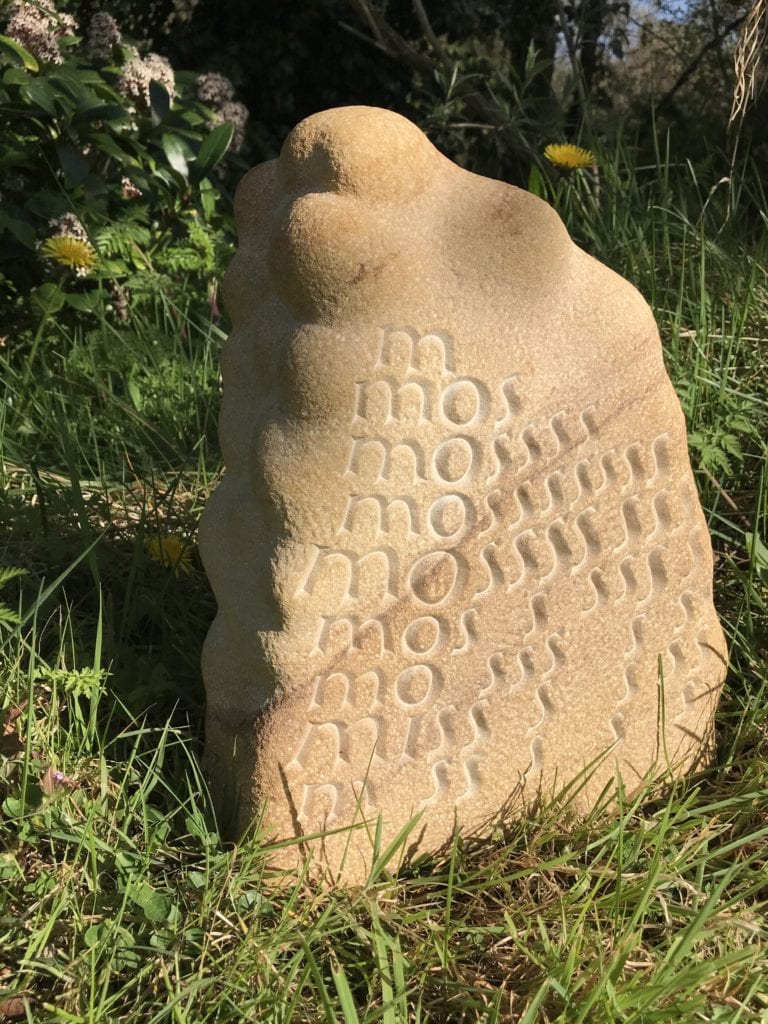
Earlier this year I told you I was working on two poetry projects behind the scenes – the first was my podcast, A Mouthful of Air, which launched in the summer.
The second is a concrete poetry collaboration with stone sculptor and letter carver Sheena Devitt.
What is concrete poetry?
In concrete poetry the visual appearance and/or material embodiment of the words or letters contributes to the meaning of the work.
Examples include pattern poems like George Herbert’s Easter Wings; other creative uses of typography and layout on the page; and poems fashioned in wood, stone, fabric and other materials.
A spectacular example of the power concrete poetry is Ian Hamilton Finlay’s Little Sparta garden in Scotland, where he uses stone, wood, water, ceramics and other materials to create a realm of poetry covering several acres, and incorporating the landscape and mountains as the ‘page’ on which his poems appear.
Sheena is a very talented and experienced sculptor and letter carver, so we are currently focused on creating poems carved in stone.
Elegy for Moss
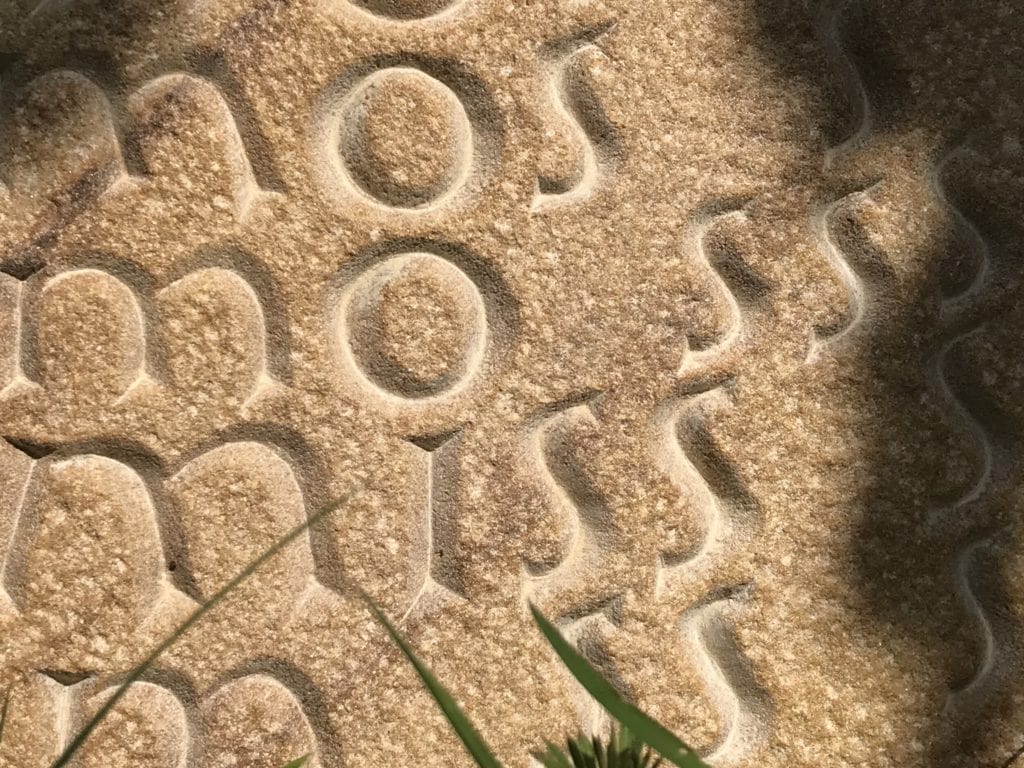
Our first piece is called Elegy for Moss. Itwas exhibited over the summer and autumn in On a Knife Edge, an exhibition at the Lettering Arts Trust.
The theme of the exhibition was ‘Nature in Peril UK’, focusing on endangered species in the British Isles. From the exhibition catalogue:
The presence of moss is easily overlooked; its absence even more so. So when moss starts to go missing, it takes a trained eye to notice.
Mosses play a vital role in the development of new ecosystems. They are among the first colonisers of disturbed sites, stabilising the soil surface, retaining water and helping new plants to grow.
More and more species of moss are in decline, such as the delightfully-named fir tamarisk-moss, awl-leaved swan-neck moss, ribbed extinguisher-moss, elegant feather-moss, small mouse-tail moss, dwarf bladder-moss and hoary fringe-moss.
We like to think of this piece sitting outside, becoming covered and softened with moss over time, filling in the letters and creating a micro-habitat for new plant and animal life.
The Lettering Arts Trust does amazing work promoting the art of lettering; when I visited the exhibition in the summer I was blown away by the variety and quality of the work on show. Do check out their website and if you’re in Suffolk I highly recommend you pay them a visit.
A new way of working for me
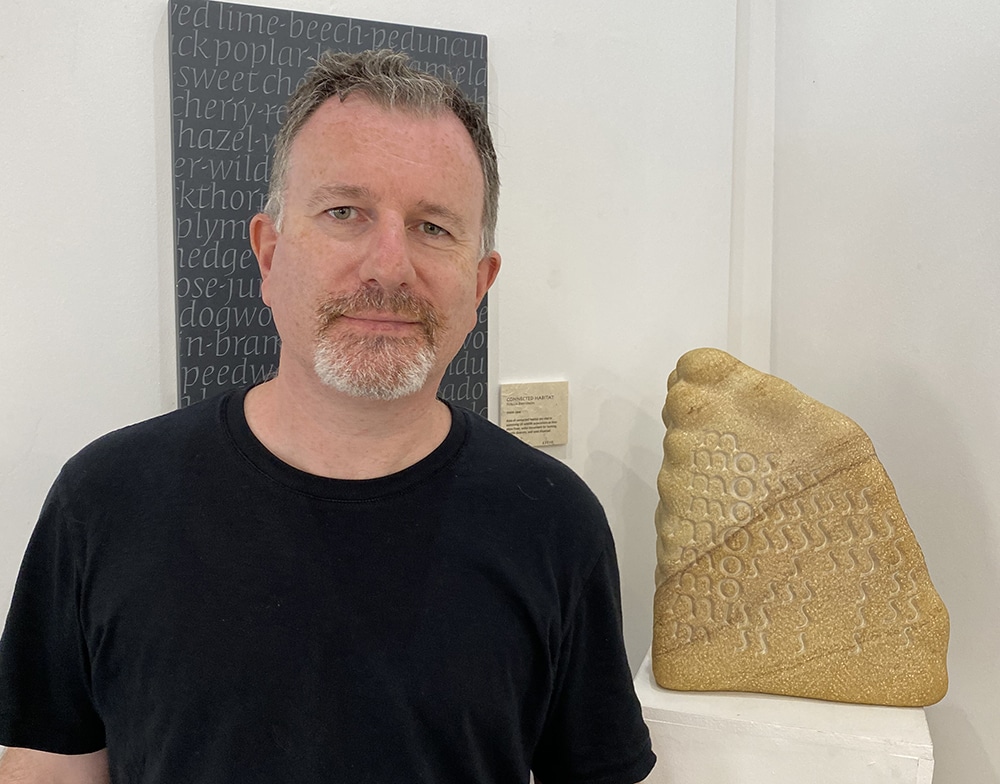
This is an exciting new collaboration for me, an opportunity to work with a highly talented artist and take my poetry in an unexpected direction.
Although I’m a wordsmith and Sheena is an artist, it is certainly not the case that I ‘think of the words’ and she carves them!
We work together from the start of each project, sharing ideas and source material, discussing the brief (for a pitch or commission), choosing the stone (in this case supplied by S McConnell & Sons), doing research and swapping emails with text drafts and sketches, until we get to the point where we have a clear vision of the piece – in other words, both the words and the shape of the piece are a joint effort.
At that point, of course, Sheena’s skills as a sculptor and letter carver come to the fore: she rolls up her sleeves and gets to work, while I sit back and marvel at the images she shares of the piece taking shape, step by painstaking step.
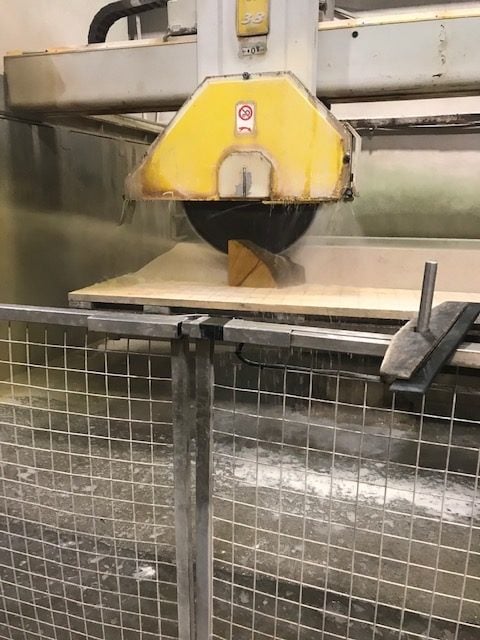
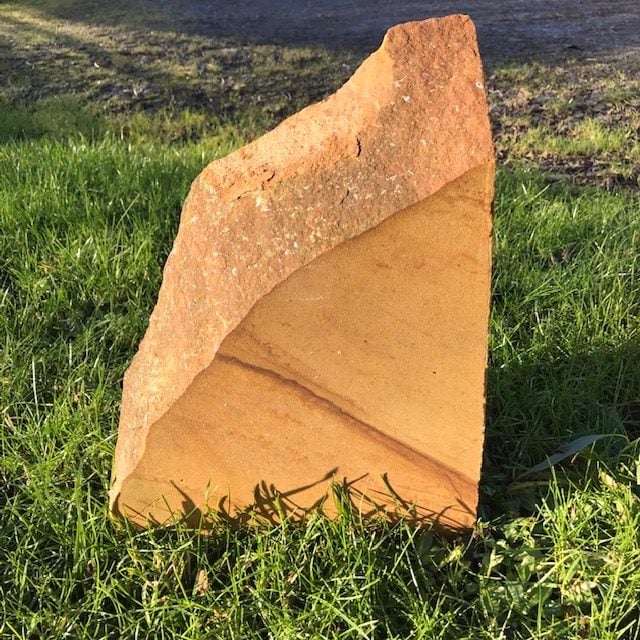
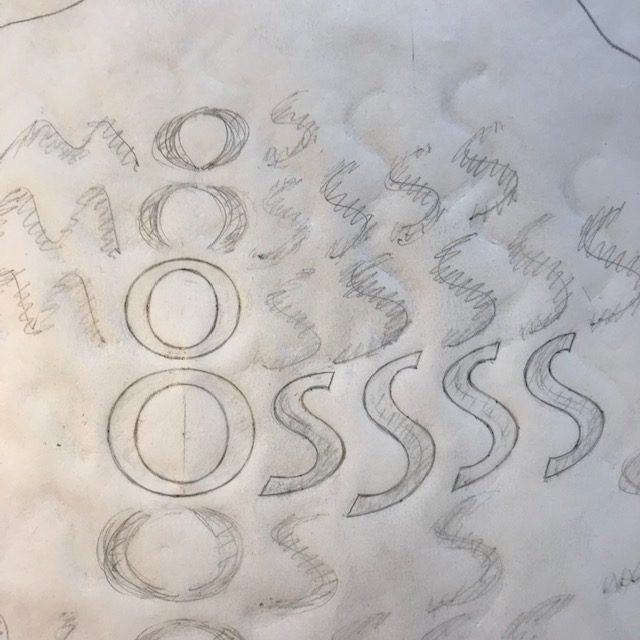
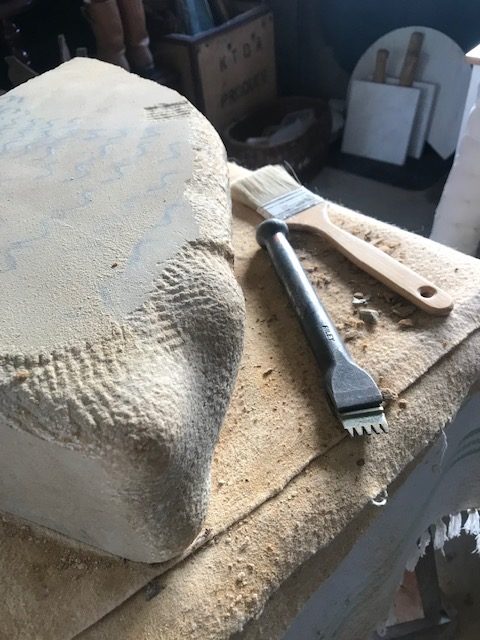
I feel very lucky to be working with Sheena – after all, how many poets get to see their words carved in stone? And in such a beautiful fashion?
Working in stone also feels like a steadying counterbalance to working with thin air on A Mouthful of Air – at one end of the spectrum, poetry is an embodied art, words cut in stone and built to last for hundreds of years; while at the other end, it’s as insubstantial and ephemeral as the mouthful of air in the poet’s mouth when the words are spoken aloud.
This is one of the things I love about the poetry – it’s a hybrid, multi-faceted, mercurial art, that is much more than words on a page.
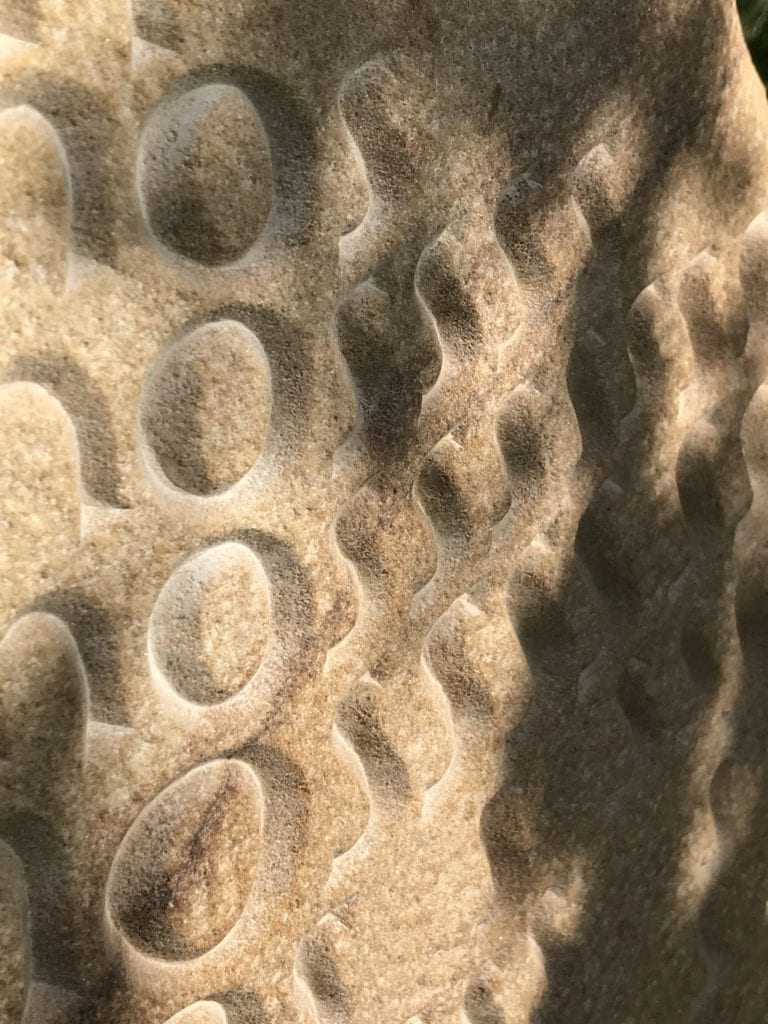
Leave a Reply